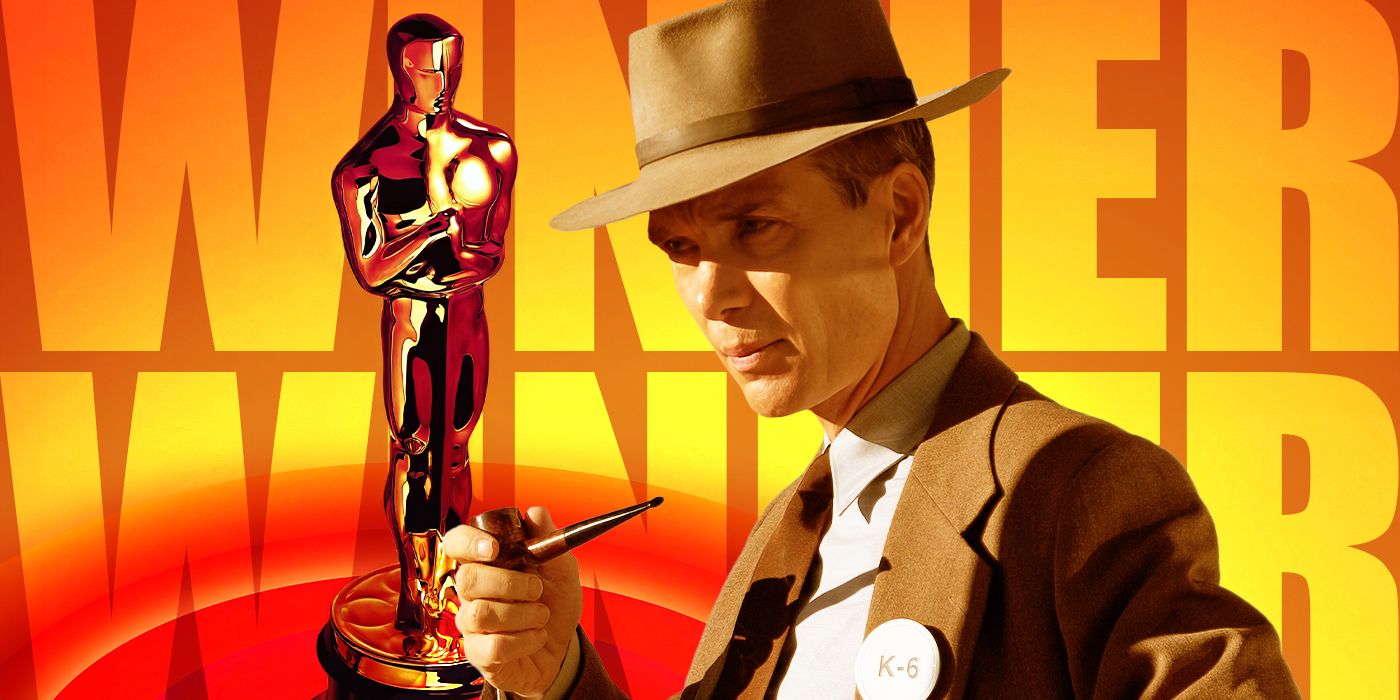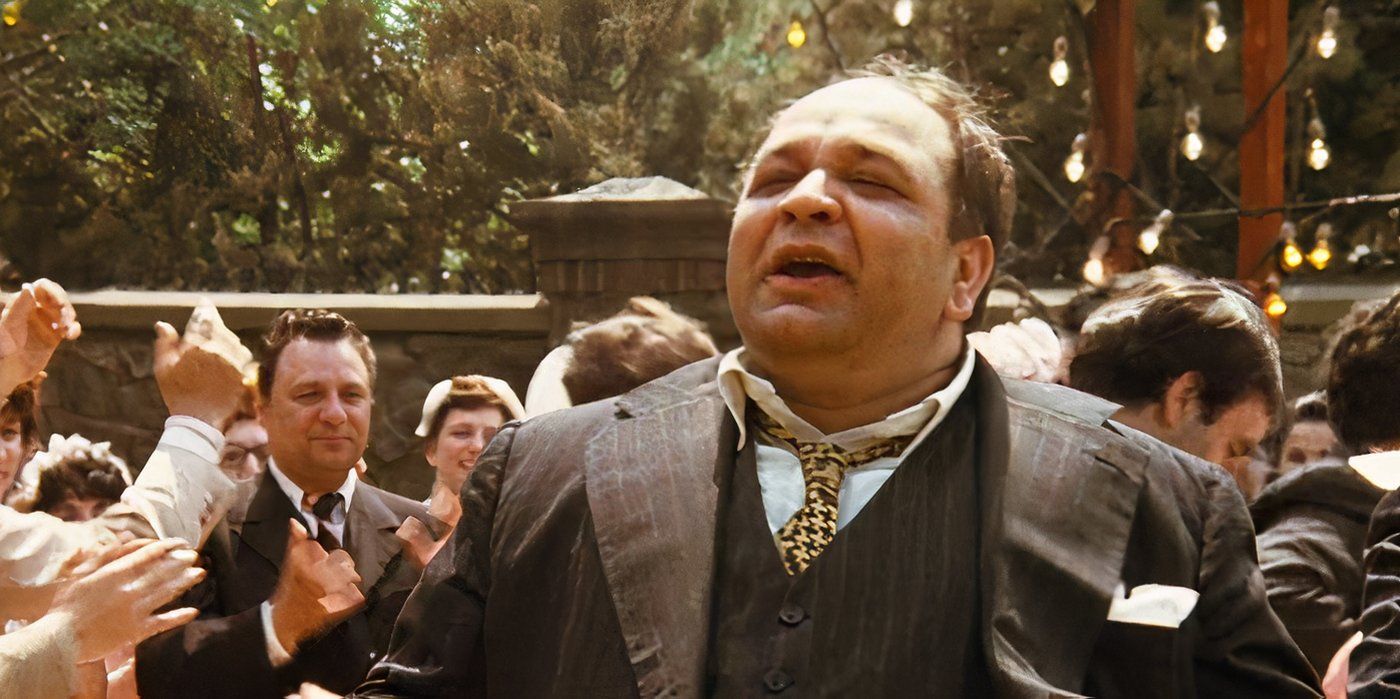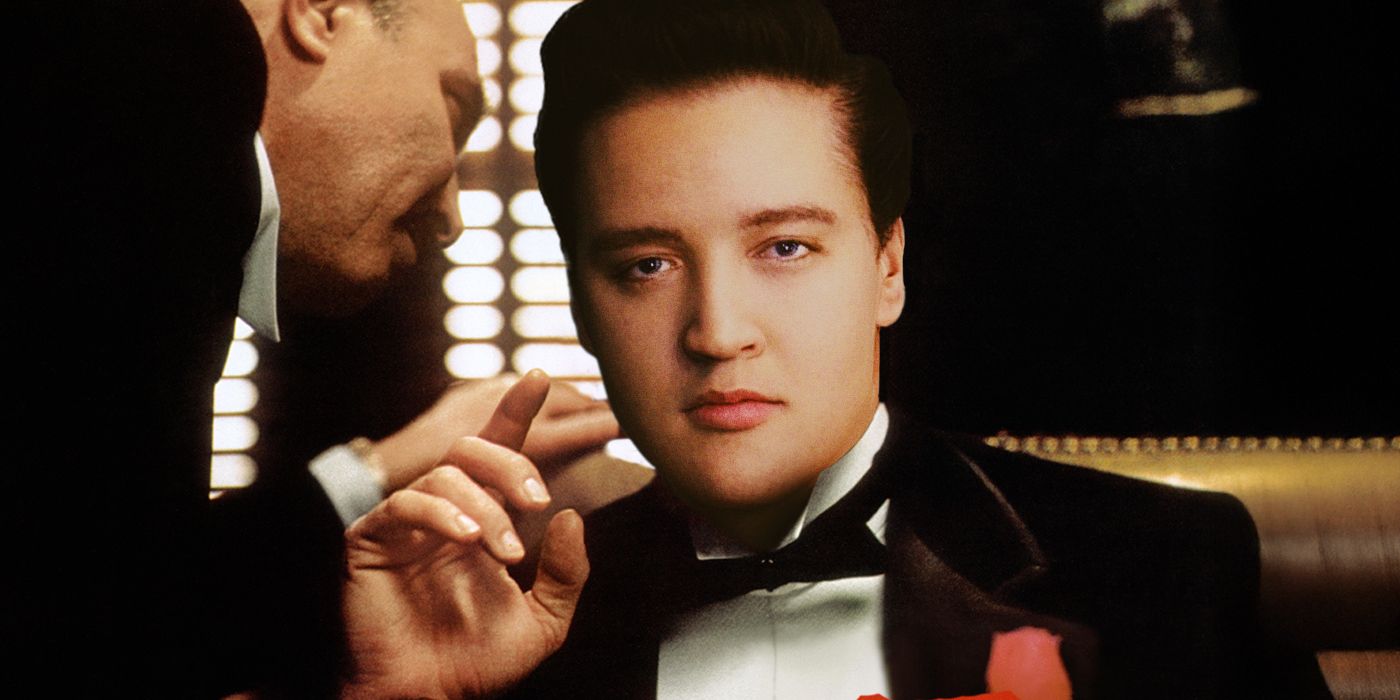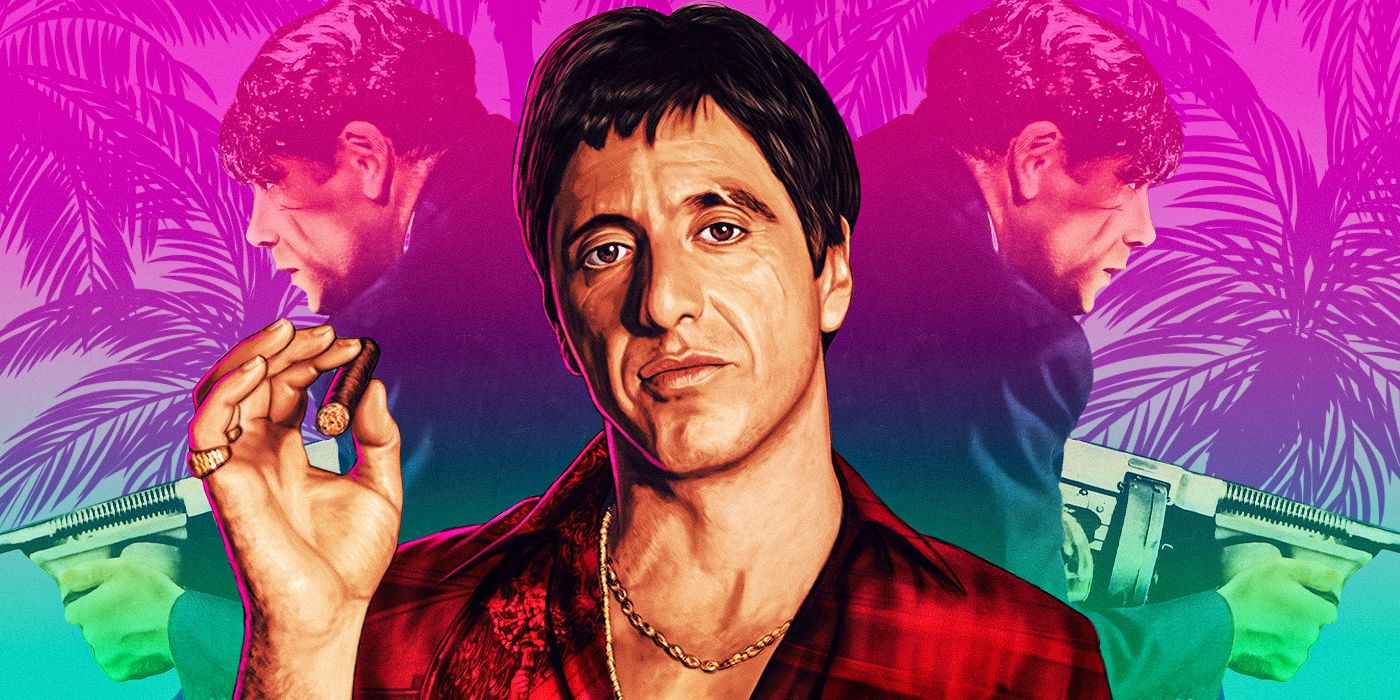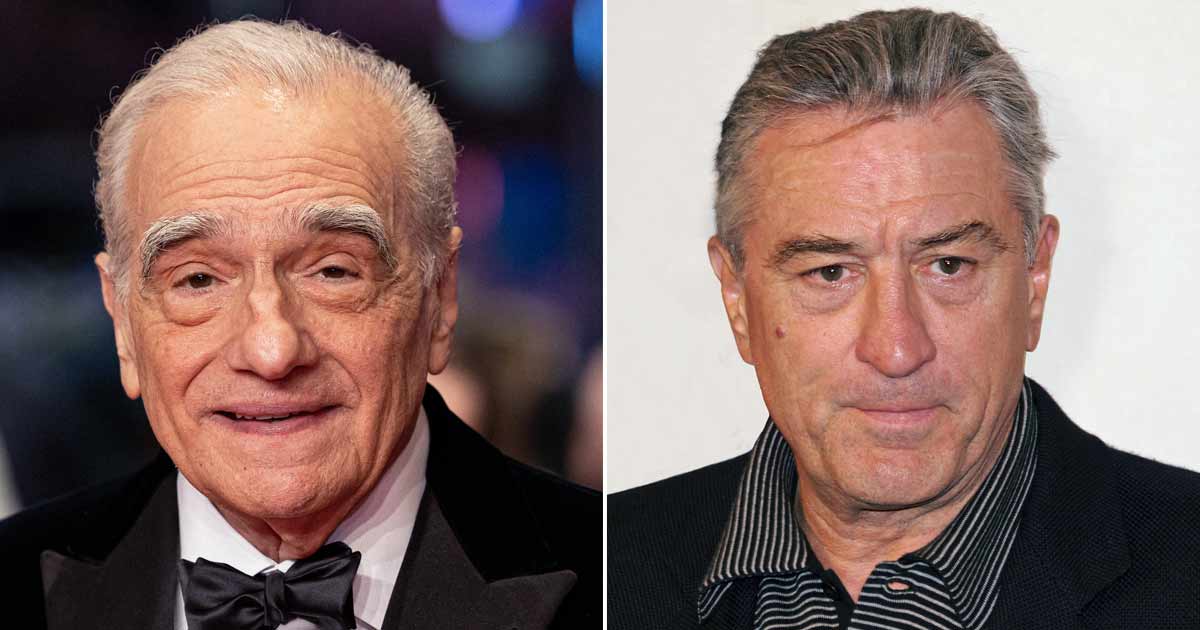Brian De Palma’s Scarface stands as one of the most iconic crime films in cinematic history. What many don’t realize, however, is that it’s actually a remake of a 1932 classic by Howard Hawks. This remake, though controversial at the time of its release, has since become a cult classic, influencing cinema and other entertainment since its 1983 release.
Though most audiences are familiar with De Palma’s Scarface as a stand-alone classic, few are aware of the original that paved the way for this iconic reimagining. Hawks’ version, a product of pre-Code Hollywood, set the stage for the evolution of crime cinema. While the two films share the same title and central themes, their setting, characters and treatment of violence stand as almost two separate pieces of work. The influence of both films has since echoed across generations, with each version offering its own unique perspective on the American Dream.

A rare remake that is arguably as good as its original, Brian De Palma’s Scarface is a film of unrelenting barbarity, a crime saga that transformed the gangster original into a tale of self-destruction. A loose reworking of Howard Hawks’ 1932 classic, Scarface updates the story to 1980s Miami, where Fidel Castro’s Mariel boatlift floods the city with thousands of Cuban refugees. Among them, Tony Montana (Al Pacino). Montana arrives with nothing but a hunger for power, masking his criminal aspirations behind anti-communist rhetoric. After a hitjob earns him a foothold in the city’s drug trade, Montana rises from a low-level criminal to a ruthless drug kingpin.
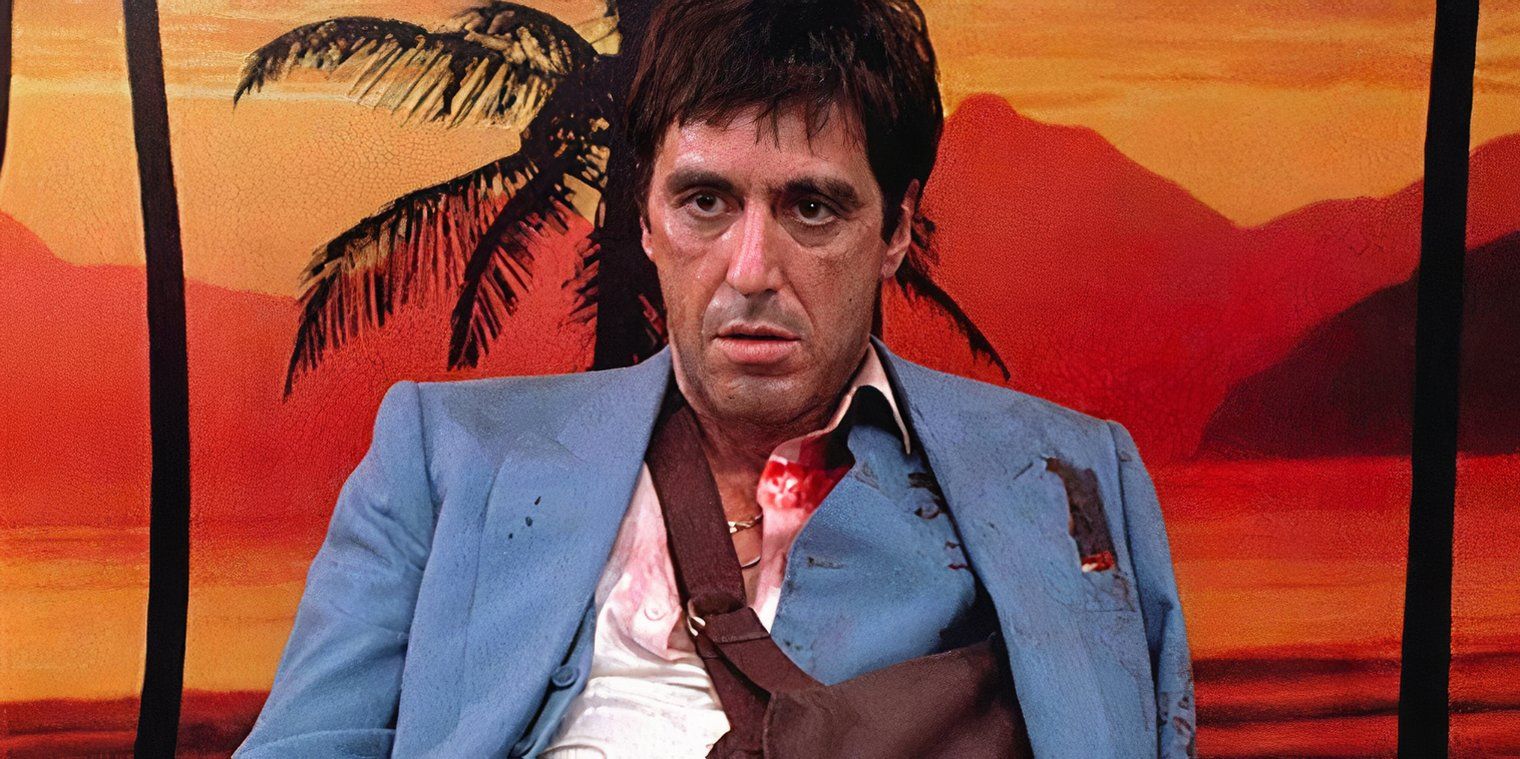
Related
Al Pacino's Legendary Gangster Movie Gets New Streaming Home
Al Pacino's celebrated 1983 film is now streaming on on a new platform.
By its 1983 release, Al Pacino had already made a name for himself in the crime genre. Having already played Michael Corleone in The Godfather and Sonny Wortzik in Dog Day Afternoon, he was no stranger to criminal roles. But Montana was something else, a character who’s still idolized by those committed to living large beyond the confines of the law. A character whose influence extends beyond cinema, but also other forms of entertainment. He’s the symbol of the American Dream, representing the selfishness of Reagan-era capitalism mixed with Cuba’s history of conflict between communism and capitalism.
GTA Vice City’s Tommy Vercetti, The Soprano’s Tony Soprano, and even rapper Scarface were all inspired by Pacino’s Tony Montana.
Pacino’s portrayal of Montana is the heart of Scarface, a performance that is big, loud and unapologetically over the top. It’s the type of acting that divides audiences – some call it brilliant, others find it excessive. But Tony wasn’t built for subtlety. He’s all about performance, a man who lives to be larger than life. From the moment he steps onto the screen, a no-name Cuban ex-con in a Florida holding cell, he’s playing a game. With no weapons but his ego, he bluffs his way to power by making everyone believe he’s a force to be reckoned with. And why hold back? There’s no room for restraint in a role like this. A task that only the master of crime cinema could achieve.
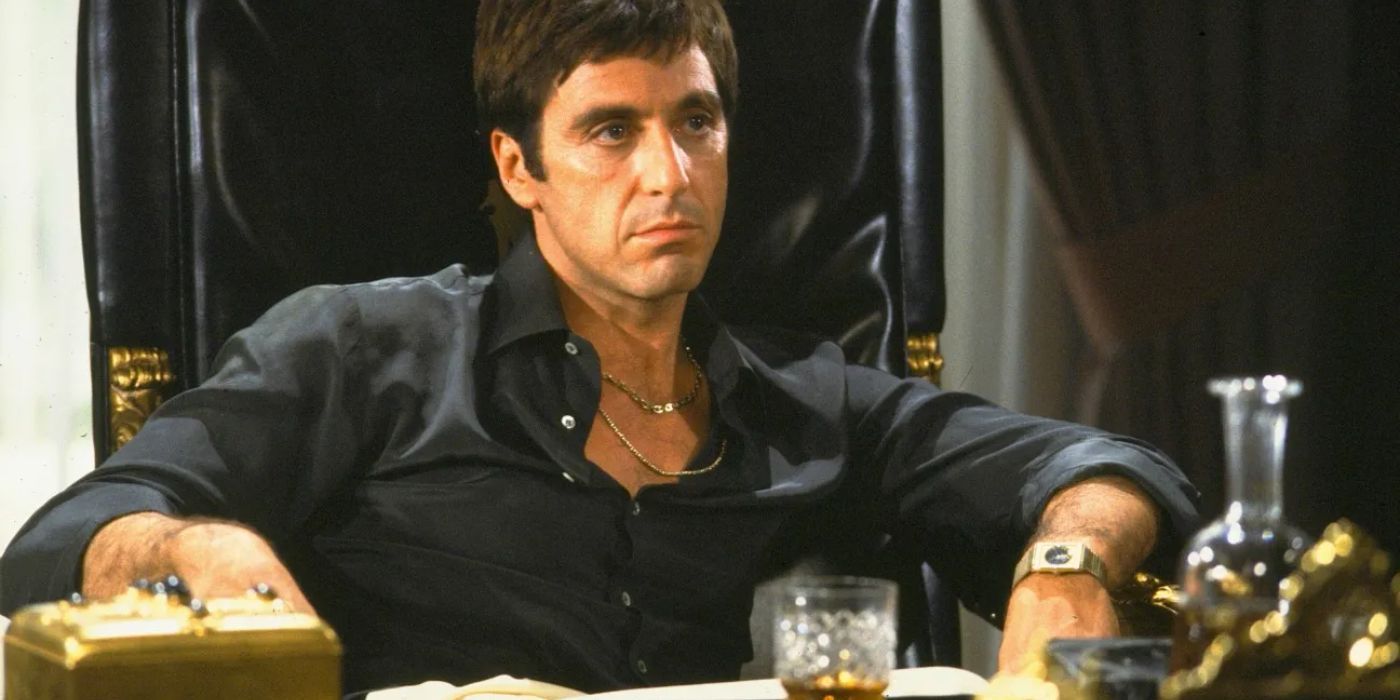
Despite its later success, Scarface was anything but an immediate hit. The film arrived in theaters during the holiday season of 1983, and from the beginning, it was surrounded by controversy. Its graphic violence, explicit language and depiction of a drug kingpin made it a lightning rod for criticism. Many critics penned the film, calling it self-indulgent and offensive. Many others walked out during its New York preview, unable to stomach the violence on display. Even some actors who attended the film’s premiere were left speechless by what they had just seen.
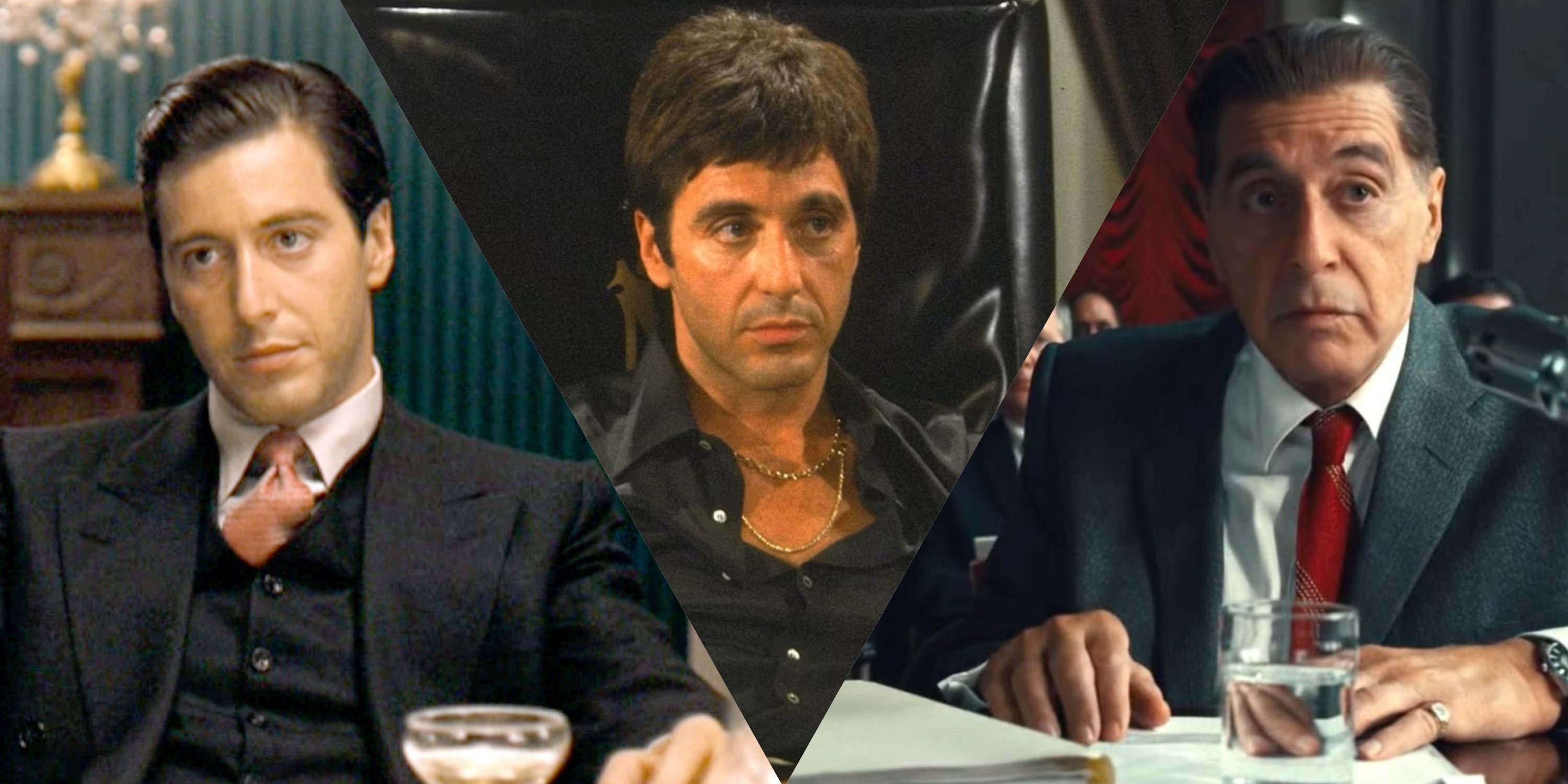
Related
Every Al Pacino Movie That's Certified Fresh on Rotten Tomatoes, Ranked
Al Pacino has an impressive career with 69 movies to date. This list compiles a collection of movies, loved by critics and audiences.
However, the backlash didn’t stop there. The film also faced a battle with the Motion Picture Association of America (MPAA) over its rating. With its heavy drug use, violence and profanity, De Palma was concerned the film would slapped with an X rating. An X rating would be a commercial death sentence, so De Palma scrambled to cut the film just enough to secure an R rating. In the end, the MPAA appealed its initial decision, and Scarface was awarded an R rating.
When Scarface was re-released in theaters in 2003, the studio requested that Brian De Palma update the soundtrack to include rap songs influenced by the film. However, De Palma declined.
However, despite the film’s critical beating, Scarface found success in home video. The VHS and Betamax releases in 1984 were raved, and it wasn’t long after that the film became a cult classic. The early skepticism surrounding the film began to fade as more and more people found themselves drawn to Montana’s all-consuming ambition. For the Cuban-American community in Miami, however, Scarface presented a different set of challenges. The film was criticized for its portrayal of Cuban immigrants, especially given the timing of the Mariel boatlift, which had brought over 125,000 refugees from Cuba. Many in the Cuban community felt that the film perpetuated dangerous stereotypes about the Marielitos, depicting them as violent criminals. However, over time, Scarface’s significance grew, and what had once been dismissed as a vulgar spectacle became a cult classic in gangster cinema.
One of the defining films of early gangster cinema, Howard Hawks’ Scarface stands as a brutal look at the rise and fall of a crime lord. Set during Prohibition, the film follows Tony Camonte (Paul Muni), an ambitious mobster who cuts a bloody path through Chicago’s underworld. From the moment he guns down rival crime boss, Johnny Lovo (Osgood Perkins), Camonte’s hunger for power becomes insatiable. Disregarding orders to keep a low profile, he sets his sights on Lovo’s empire, eliminating anyone in his way.
Scarface arrived during an unstable era in Hollywood, released when gangster films were gaining popularity but also drawing scrutiny from censors. The film’s opening intertitle frames it as a cautionary tale, condemning the glorification of criminals. Yet, Hawks’ direction tells a different story, one that revels in high-energy shootouts, rapid dialogue, and the larger-than-life bravado of its antihero.
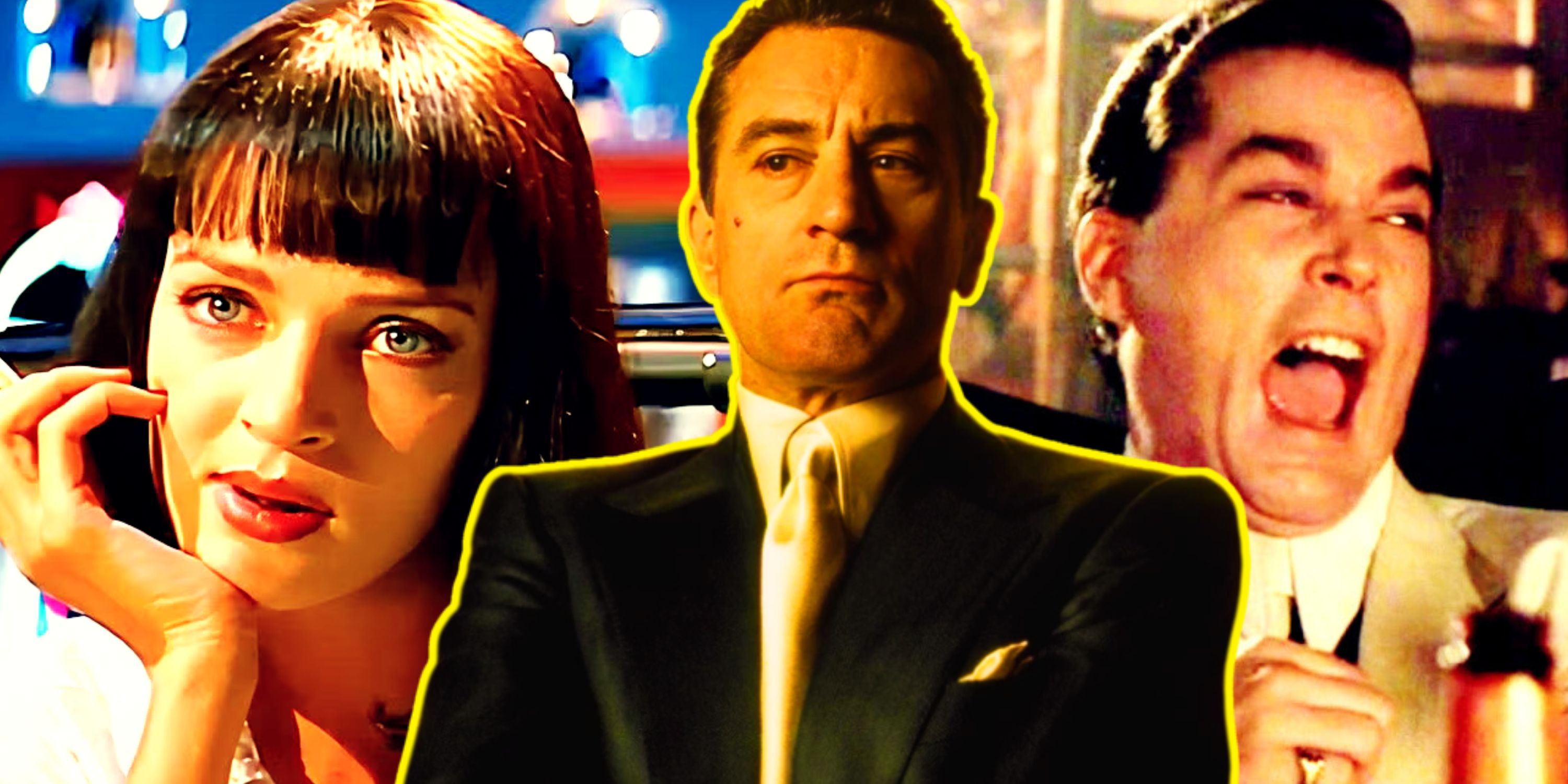
Related
10 Greatest All-Star Gangster Movies of All Time
Gangster movies are full of big attitudes and bigger crimes and movies like Casino and Goodfellas are some of the best in the genre.
Before Tony Montana, there was Tony Camonte. While Camonte may not be as influential as Montana, they share the same impulsiveness and obsession with power. And, while Muni may not be remembered widely for his role as Pacino is for Montana, he still delivers a powerful performance that undoubtedly served as a blueprint for Pacino's iconic portrayal. Camonte set the stage, molding the character of Montana into one of cinema's most memorable antiheroes. His obsession with power is matched only by his strange fixation on his sister Cesca (Ann Dvorak), an unsettling subplot that adds to his character’s instability.
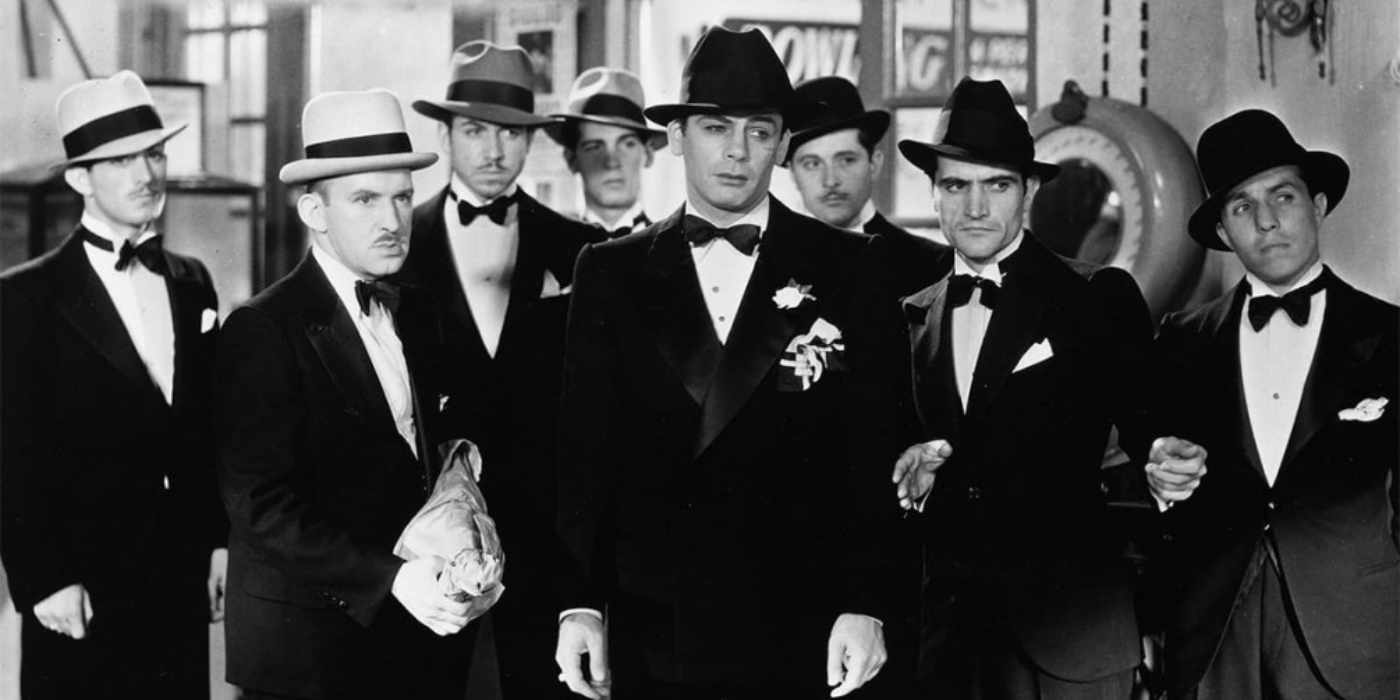
Much like its 1983 remake, the original film was far ahead of its time, defying Hollywood’s standards in a way that shocked audiences and critics alike. With graphic violence and an unsympathetic view of crime, Hawks didn’t shy away from portraying his antihero’s quest for power. But this depiction of crime was too much for some at the time and Scarface found itself at the center of a censorship controversy.
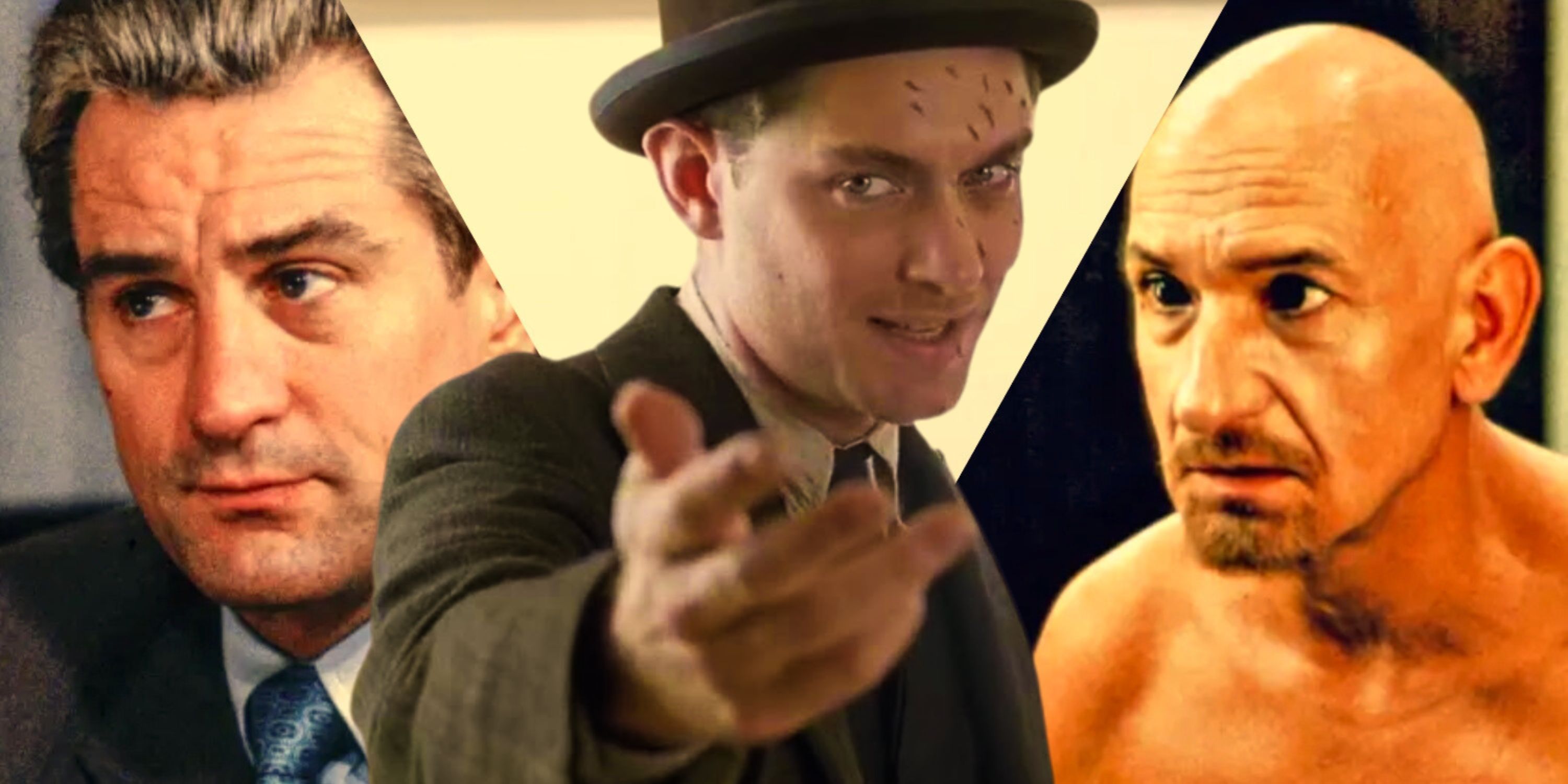
Related
10 Most Terrifying Characters From Iconic Gangster Movies
Gangster movies are a staple in Hollywood and having an intimidating and terrifying character is crucial for it to be memorable and powerful.
Released during the final days of Pre-Code Hollywood, a period where filmmakers had more freedom to explore darker themes without restrictions, Scarface embraced the freedom of the era. However, the film’s characters and relationships, including the incestuous relationship between Camonte and his sister, were seen as offensive by the standards of the time. In fact, the film was so controversial that it was banned in several cities, and the MPPDA demanded significant changes.
Scarface was loosely based on the life of Al Capone, who was also famously nicknamed Scarface.
While it was initially met with hostility, Scarface went on to influence generations of filmmakers and became an iconic work of cinema. Hawks’ approach to the gangster genre, paved the way for later films, particularly those by directors like Martin Scorsese, whose works such as Goodfellas and Casino owe much to Scarface. And, of course, without the original, there would be no 1983 cult classic that redefined gangster films for a new generation. With that, in many ways, Scarface helped shape the modern conception of the gangster film.
As the years passed, both the original and remake went from commercially unsuccessful films to cult classics, and their influence can still be seen in the films, TV shows and music of today. Whether it’s Hawks’ original 1932 version or De Palma’s 1983 remake, Scarface has proven to be a transformative work, influencing countless creators and reshaping the way gangster stories are told. And, whether you’re a fan of the controversial films or not, there’s no denying that without Scarface, modern cinema would be entirely different, and the language of crime on screen might not exist as it does today.
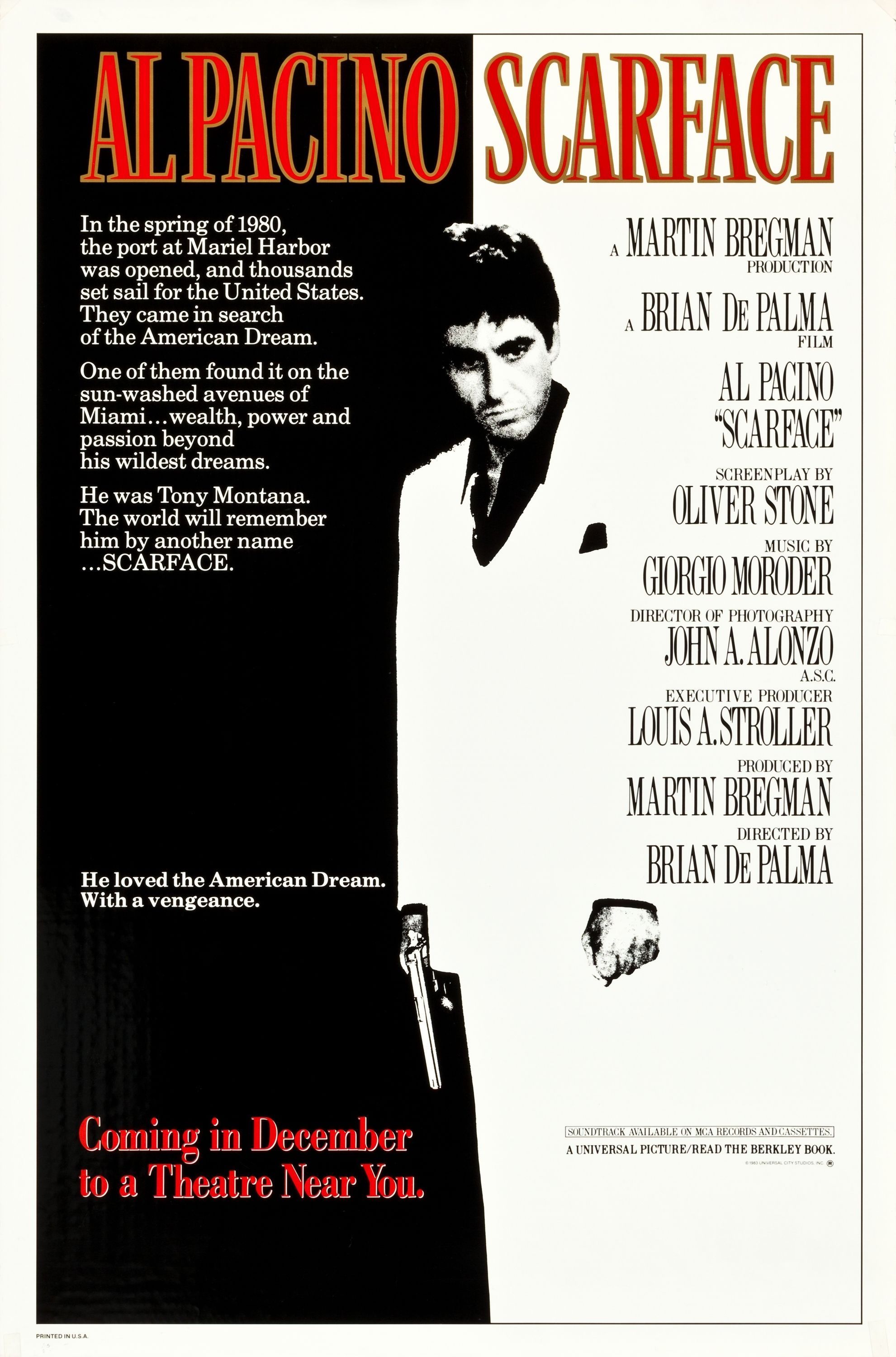
Scarface
- Release Date
- December 9, 1983
- Runtime
- 170 minutes
- Director
- Brian De Palma
- Writers
- Oliver Stone, Howard Hawks, Ben Hecht






